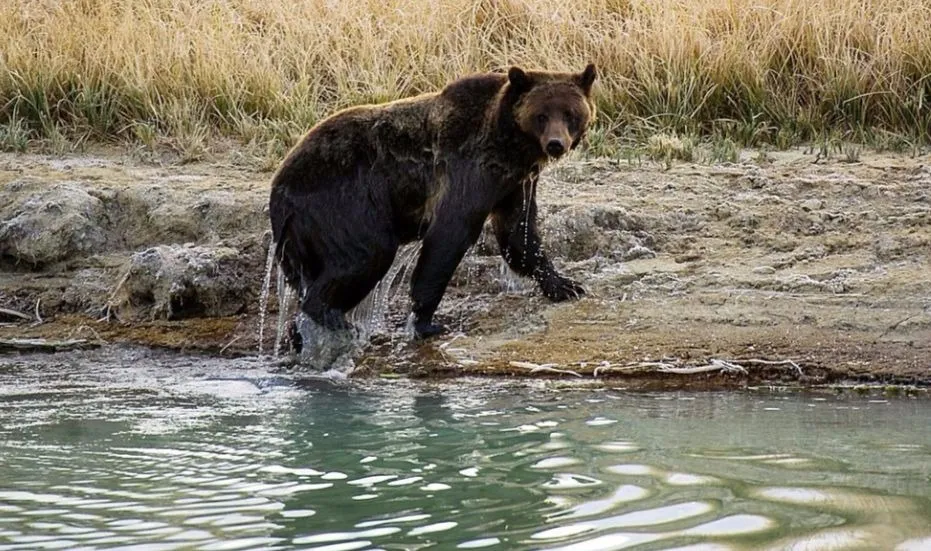By: Avery Lin
Last week, authorities called off the search for a woman who was killed outside of Yellowstone National Park by a grizzly bear. This attack has sparked a debate on whether to remove the bears’ Endangered Species Act protection.
The most recent data shows that there are 965 grizzly bears in Yellowstone. When they were first protected, there were four times fewer grizzlies than now—roughly 240.
Grizzly bears are actually as scared of humans as we are scared of them. Out of five million people who visited Yellowstone National Park, only ten have been attacked by grizzlies since 2010.
“When you think of that, and you combine that with a population of almost a thousand grizzly bears, it is actually remarkable that there are so few serious incidents,” said Frank van Manen. Van Manen leads the Interagency Grizzly Bear Study Team. Attacks are so rare that there has been no statistical increase in grizzly-related deaths. His study team has documented the increase of grizzlies as they expand their territory. This was only possible with the cooperation of the citizens who inhabit the area.
“It’s totally possible for people and bears to coexist on the landscape,” van Manen said. “I think in the greater Yellowstone Ecosystem, we have shown that that is the case.”
“It’s the human responsibility to figure out where the risks are,” says Hannibal Anderson. Anderson is a rancher and retired educator. He lives only thirty miles away from where the woman was killed. He and his family moved here in the 1950’s. Back then, grizzlies weren’t a problem and generally stayed away from humans. In 2000’s though, grizzlies started showing up around his house in droves. They were looking for food, because their regular sources were dwindling. Food like Whitebark Pine seeds were once a high-calorie option for grizzlies.
Available from late summer to fall, these seeds are high in protein and fat, preparing these big bears for their hibernation. The grizzlies would steal these seeds from squirrel nests.
Range riders spend time with cattle to keep bears away from them. Anderson’s range rider is Ellery Vincent. Today, she thinks that one of the grizzlies caught and ate one of their calves. This isn’t the first time they’ve lost cows. But the losses have never been significant enough to raise a dispute about the number of grizzlies near Anderson’s land.
There are, of course, negative impacts that come from having the grizzlies wander about his property. The grizzlies digging around his house caused unwanted plants to move in. It is also dangerous to walk outside at night. Anderson knows that grizzlies have attacked elk hunters before.
Anderson’s family changed the way they ranch because of this. They raise older cows who know to stay together. This makes it harder for grizzlies to catch them.
Anderson thinks that everything, from the smallest bug to grizzlies and wolves, are all part of the ecosystem and deserve protection.
Elected political leaders don’t see the grizzlies that way. Already, two Montana leaders have suggested that the state should reduce grizzly numbers.
But the population of grizzlies is starting to level out, van Manen says: “From a biology or an ecology standpoint, recovery to me means bringing a population back to what the habitat supports and that’s basically where we are right now.”
The U.S. Fish and Wildlife Service has tried to remove protection of the grizzlies two times since 2007. Both attempts failed because bear advocates sued them to stop the removals.
Sources: https://www.npr.org/2023/08/05/1192258255/fatal-grizzly-attack-renews-debate-over-how-many-bears-are-too-many ,











